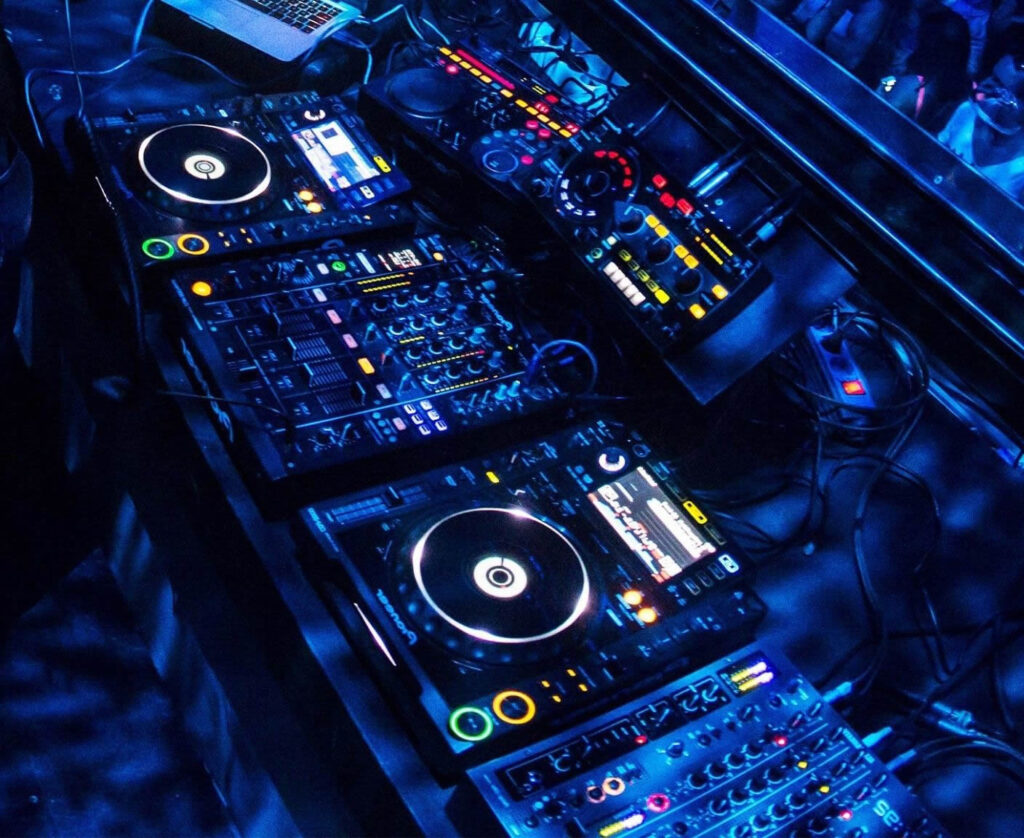Essential Strategies for Enhancing the Lifespan of The Light Emitting Diode Wall
Wiki Article
LED walls are growing increasingly popular for multiple applications, from marketing to entertainment. To ensure that these screens operate effectively over time, it is crucial to implement tactics that maximize their lifespan. Comprehending the elements that influence the durability of LED screens can help users maintain their functionality and prevent unneeded replacements.
One of the primary elements that can prolong the lifespan of an Light Emitting Diode wall is appropriate setup. It is crucial to have a professional crew handle the setup procedure to ensure all components are properly attached. Inadequate installation can result in electrical issues or physical damage. Additionally, the placement of the Light Emitting Diode screen should take into account environmental conditions such as sunlight exposure and humidity levels. A properly set up display in a suitable location will minimize the chance of damage caused by external factors.

Routine maintenance is another key strategy to extend the lifespan of an Light Emitting Diode wall. This entails regular checks to check for any indicators of deterioration or failure. Dust and dirt can accumulate on the surface of the Light Emitting Diode screens, impacting brightness and hue quality. Wiping the displays with suitable materials will assist maintain optimal visibility. It is also essential to check the components behind the screen, making sure that all connections are secure and that there are no heat issues, which can significantly reduce the lifespan of the parts.
Electrical control plays a crucial role in improving the longevity of an LED wall. Over-voltage or unstable electricity supply can damage the internal circuitry. To prevent this, using a high-quality electric supply and putting in place overvoltage protection strategies is recommended. Additionally, adjusting the display to operate at lower brightness levels when intense luminosity is not necessary can lessen stress on the lights. This not only prolongs the durability of the screen but also conserves energy, making it a cost-effective choice.
Furthermore, software management can influence the performance of Light Emitting Diode walls. Regularly refreshing the program that controls the display ensures that it runs efficiently and incorporates any necessary security patches. Outdated software can lead to performance issues and may expose the system to vulnerabilities. Proper scheduling of content can also help in managing the workload of the display, allowing it to rest during non-peak hours, which can contribute to a longer lifespan.
In conclusion, extending the lifespan of an LED screen involves a mix of proper setup, routine maintenance, efficient electric management, and diligent program management. By focusing on these essential tactics, operators can guarantee that their Light Emitting Diode displays remain operational and visually appealing for numerous seasons. Taking proactive steps will not only improve the performance of the Light Emitting Diode screen but also provide a better yield on cost over the you can look here years.